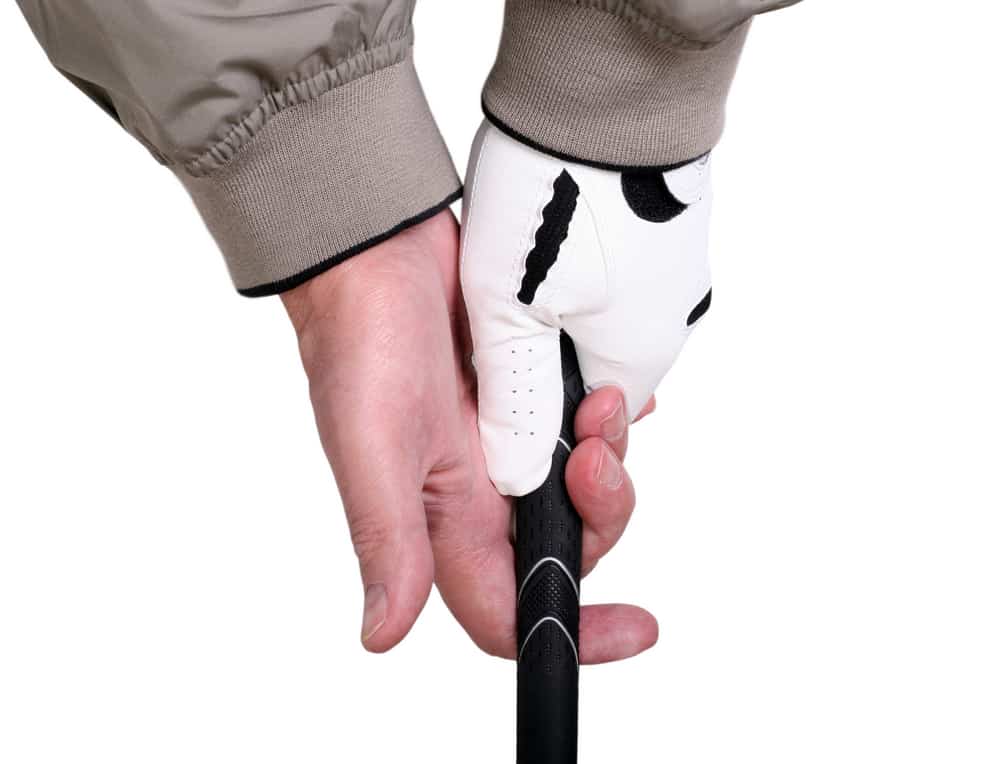
Professional golfers are going to tell you that the most important part of the golf game is going to be the grip.
If your grip is not great, you will have to deal with a high inconsistency in your shots.
The way that you hold your hands on the club is going to help determine the type of shots that you can hit and the consistency of your golf shots as well.
One of the questions that players ask about a golf grip is whether or not they should keep their thumb extended or shorten it up.
There are a few schools of thought on this, and it pays to understand the difference between these two different methods.
Short Or Long Thumb In Golf Grip?
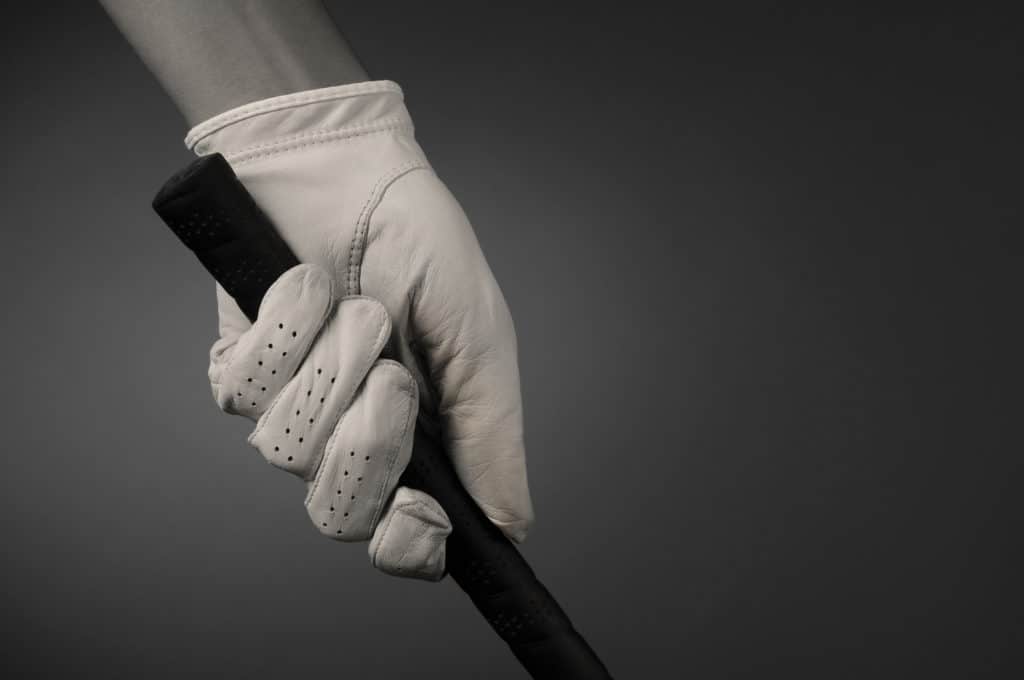
The best position for the thumb in a golf swing is in the extended or long position.
When your thumb is extended, the hands can get into a better position.
With your thumb in the long position, the right hand can grip the club quite a bit more easily, and this will allow for better movement of both hands.
Certain things can happen in your golf swing as soon as you extend the thumb.
We are going to examine both the long thumb and the short thumb grip in golf so you can understand the difference and find the position that works best for you.
What Is A Long Thumb Grip?
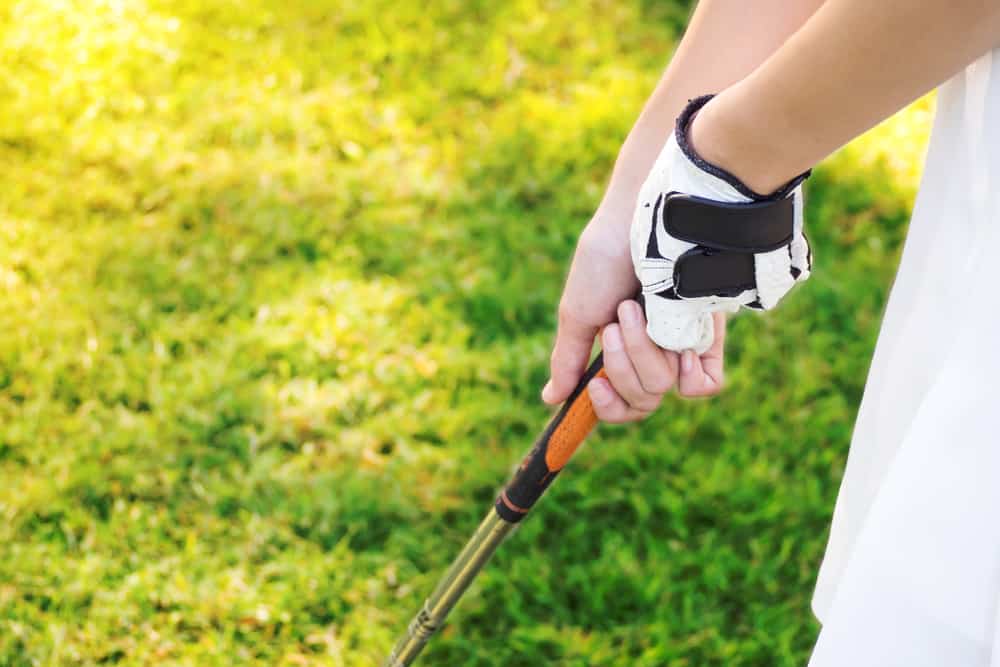
A long thumb golf grip has the thumb extending down the grip to the point that it will be passing the other fingers on the golf club.
This position is achieved not by stretching the thumb too much but by keeping the other fingers on the club pulled together towards the butt end and pushing the thumb down.
The long thumb grip is going to feel very stable.
It’s important to remember that the thumb we are talking about in this example is the left thumb.
There are a few different positions for the right thumb as well, but we will get to that in a little bit.
The long thumb grip will also find that the knuckle position is going to change when they have the fingers in the long thumb position.
The knuckles will lay flat and be almost parallel to the grip.
This is different than when you look down at the club and see the knuckles of the hand a bit more.
It’s a good idea to experiment with these different types of grips to get a better idea of what could work for you.
Features And Benefits

Now that you understand the position of the left thumb, it’s time to start understanding what the features and benefits of this grip would be.
When the thumb is position properly down the center of the golf shaft with the long thumb grip, the golfer can achieve an all fingers (or mostly fingers) grip.
When this happens, players are able to get a much better feel and control in their swing.
Some of the greatest players in the game agree that the golf grip in the fingers is essential to achieve success at the top of the golf swing and at impact as well.
In addition, when your club is in the fingers, you are able to achieve a full wrist hinge as well.
The full wrist hinge allows for an additional lever and some extra power in the golf swing.
The ability to hinge your wrist allows for a much easier time getting to the parallel position at the top of the swing.
This position seems to be easier to obtain when the club is in the fingers.
Essentially, what happens is that you become more flexible with the movements that you can make in your golf swing just by changing the position of your thumb.
For golfers who need the extra flexibility in their game and can’t reach the positions that they would like, this is a significant benefit.
Instead of giving yourself a hard time trying to swing harder and harder, you can simply make some adjustments in your grip and reach an entirely new position in your swing.
Golfers who learn these simple tips when they are new to the game will see that there are lots of small adjustments that can be made in the game to help you succeed.
What Is A Short Thumb Grip?
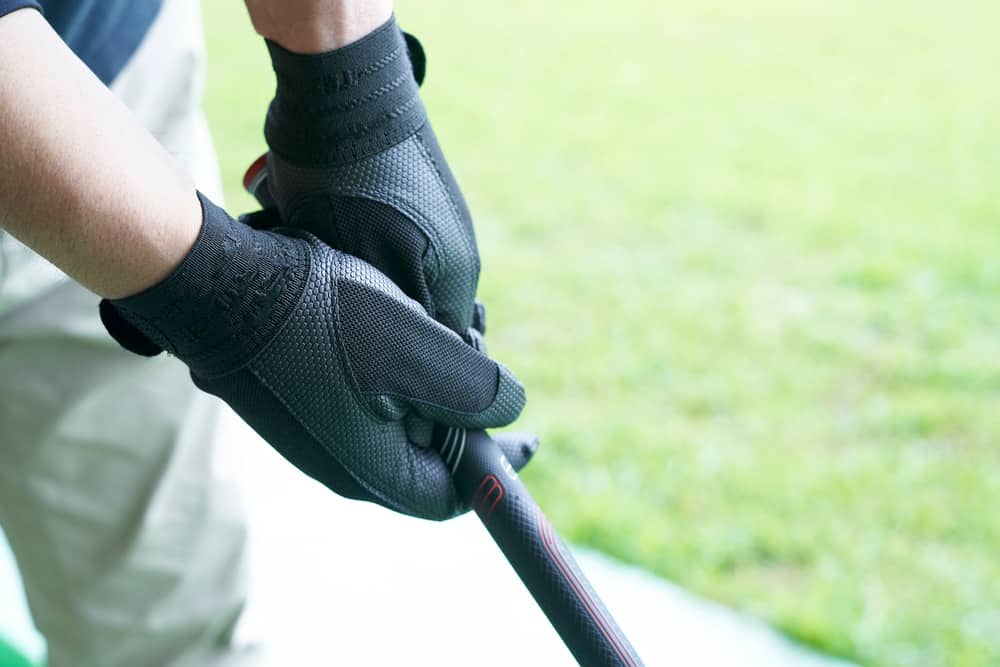
A short thumb grip is basically the opposite of an extended thumb grip.
The short thumb grip keeps the thumb from extending down the grip nearly as far as it does with the long thumb grip.
With the short thumb grip, the thumb looks as though it’s almost in line with the other fingers in the hand.
When you look down at your hands when you have the short thumb grip, you will see much more of a knuckle than you would if you have a long thumb grip.
Features And Benefits

The short thumb grip can be good for people with smaller hands, but it is difficult for those with larger hands.
The short thumb grip means that it can be difficult to get the right hand in the proper position.
Since the fingers will be a bit more bunched together, it can be hard to find a space for the right hand to fit.
It’s hard to get your fingers in the right position to grip the club with the fingers.
This is why many people choose to go with something other than the short thumb grip.
The benefit of a grip that is in the fingers of the hands is that there is much more extension and flexibility in the swing.
When you lose this, you will find that the hinging process at the top of the swing takes a bit more effort.
For young players who have lots of great extensions, this won’t be an issue.
For those who are older and struggle to get to the perfect position at the top of their swing, the short thumb grip can be problematic.
In the end, you have to decide more about what is comfortable in your hands than what is perfect from a golf mechanics standpoint.
If something doesn’t feel right in a player’s hands, it does not matter if the golf mechanics are 100% correct.
The player will struggle with this and have a hard time getting the club to do what it is supposed to do.
Anytime you feel uncomfortable in golf, you must make a change to get the proper feeling back to become more confident.
How Much Does The Golf Grip Matter?
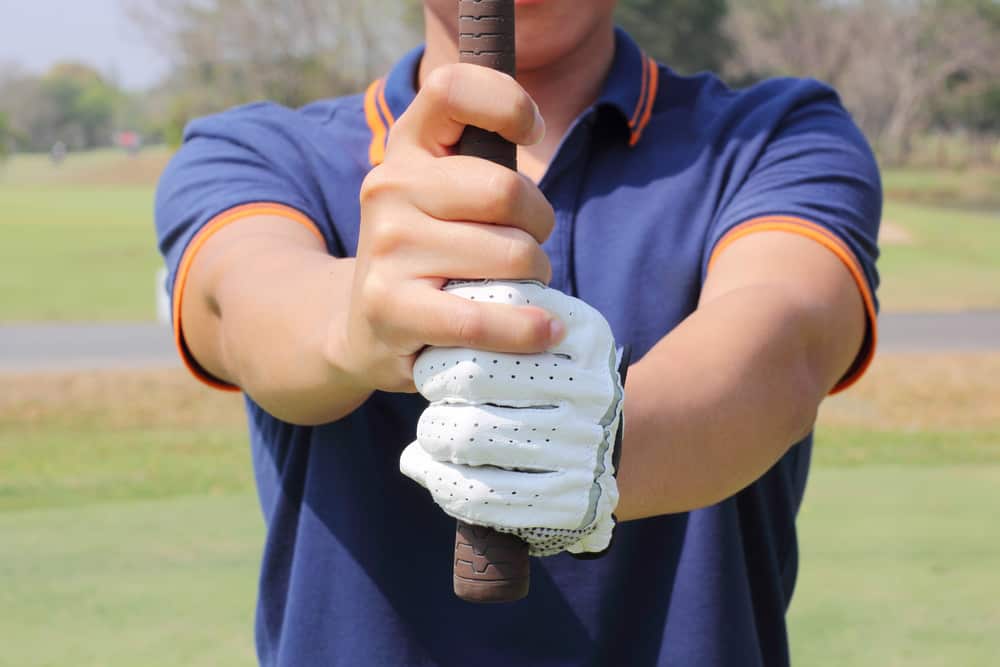
We have said it before, and we will probably continue to say it over and over: The golf grip is the only connection to the club, and therefore, it is the most critical part of the swing.
The more you focus on the golf grip and getting it perfect, the easier it will be to make other adjustments and changes in your golf game.
The golf grip is an essential part of the game regardless of your handicap and playing ability.
One of the most interesting things about the golf grip is the changes that you can make and how this will impact your game.
Think about how something as small as adjusting the length of your thumb can impact the position at the top of the swing and what you are able to do with the club.
As a new golfer, the skill that you should focus on the most is the grip.
Try to find times to work on your grip even when you are not at the course.
It’s a good idea to put your hands in the proper position several times a day so you can start to get the muscle memory down.
Once you have the muscle memory down, it becomes much easier to transfer these skills to the golf course.
We highly recommend working on the golf grip over and over until you have it right.
Then as you become a great player, continue to check this grip, and ensure that everything is as it should be.
If you start slicing the ball from time to time, you will find that it could be related to your hands being slightly off to one side of the club.
What Is The Best Thumb Position For Golfers?
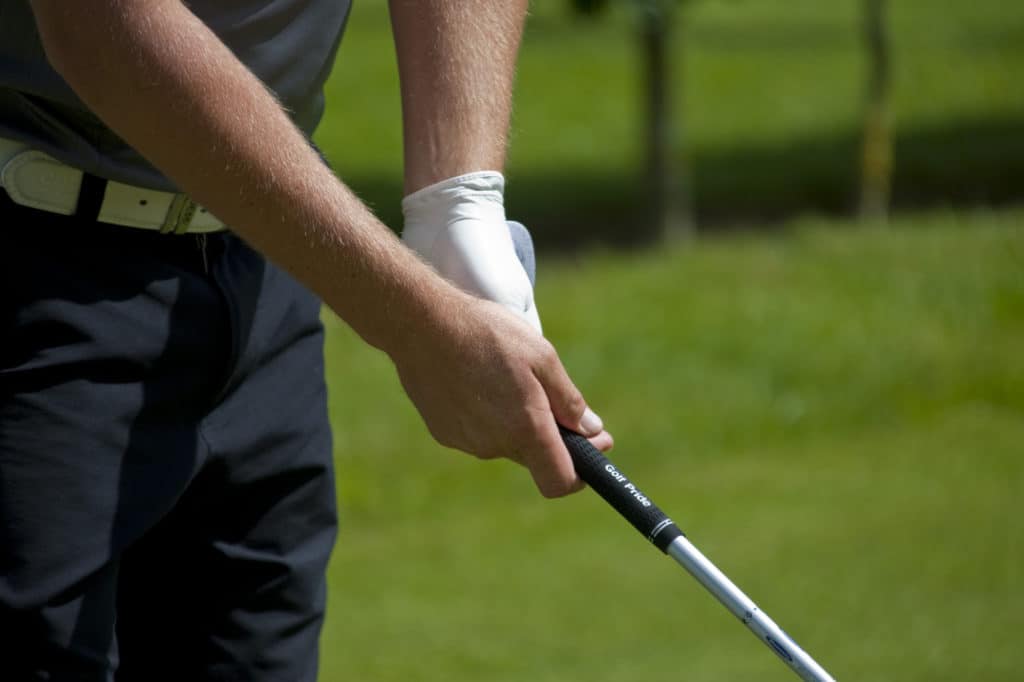
Now that you understand the importance of the grip and the thumb position, it’s time to try and figure out which is best for you.
Here are a few different types of golfers and the type of golf grip that will work best for their golf game.
1. Seniors
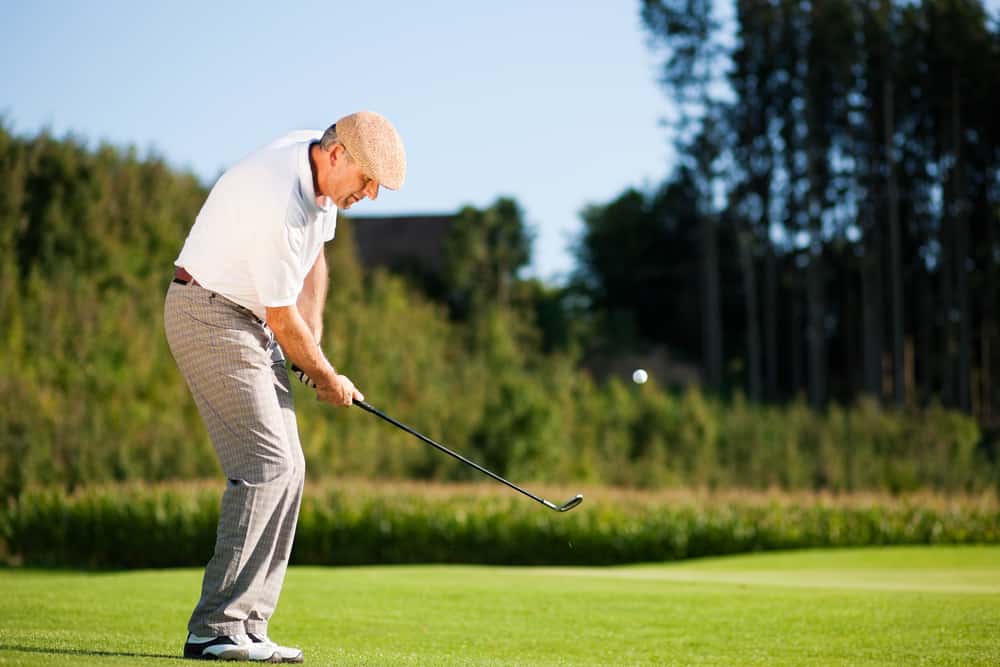
Senior golfers should seriously consider the long thumb grip.
Since you will get some extra flexibility, it can often make up for any lack of flexibility in the swing of a senior player.
Seniors have to be very careful about how they progress with their game after a certain age.
When the game gets harder, the last thing you want to do is try harder and cause a potential injury.
Golfers who start to really try to rip at a ball in their older years end up with hip, back, and knee problems.
Instead, it is important to make simple adjustments in the swing so that you can get better rotation and positioning.
The proper placing in the swing will encourage all golfers to stay with the sport and enjoy their time on the course.
2. Low Handicap Players

Low handicap players tend to be able to use whatever grip they like the best.
Some low handicap players will like the short thumb grip when they have lots of flexibility and rotation in their swing.
They find that this grip helps to keep the hands and wrists out of the equation a bit more, and it allows golfers to get the proper ball positioning and club positioning.
The low handicap players tend to be the most skilled in golf swing adjustments.
It sometimes just takes a few swings with a new grip to make a major change in the game.
This is what low handicap players do best, and part of it is because of their knowledge and understanding of the game.
3. Average Golfers
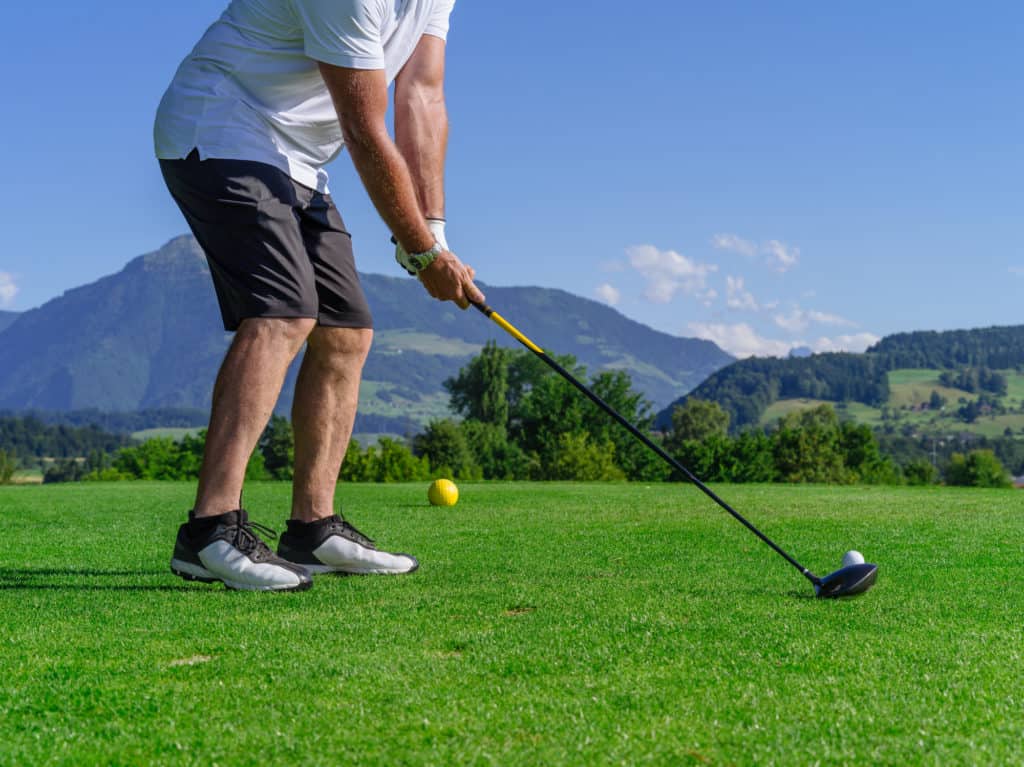
Average golfers should very likely stick with the long thumb grip.
As an average golfer, it’s a good idea to get the thumb into a position where you can get more flexibility and get the club further in your fingers.
The problem many average golfers have is that they tend to use their hands and wrists too much in their swings.
When the grip is more in the fingers, it becomes much easier to use the larger muscles in the swing.
Overall, average golfers can handle whatever grip feels the best for repetition in their game, so the issue just becomes making sure that it is mechanically sound in some way.
4. Juniors

When it comes to junior golf, some of the grip fundamentals have to go out the window.
Since juniors can have such a hard time gaining control of the club, they need to position their hands in such a way that they have control.
For the majority of juniors, this is going to look a little like they’re gripping a baseball bat with a shorter thumb.
Don’t try to mess with a kid’s grip all that much as it makes more sense to let them learn and develop, and then someday, you can adjust the grip to get it to work better.
Develop a love for the game, and the mechanics will come.
Conclusion
For most golfers, the long thumb, short thumb thing is going to work itself out.
Over time, you will learn what works for your golf game and what does not.
We are impressed with those who can understand the fine details of hand positions in this way, but this does not apply to the majority of golfers.
Get something that is comfortable that allows you to swing correctly and go from there.

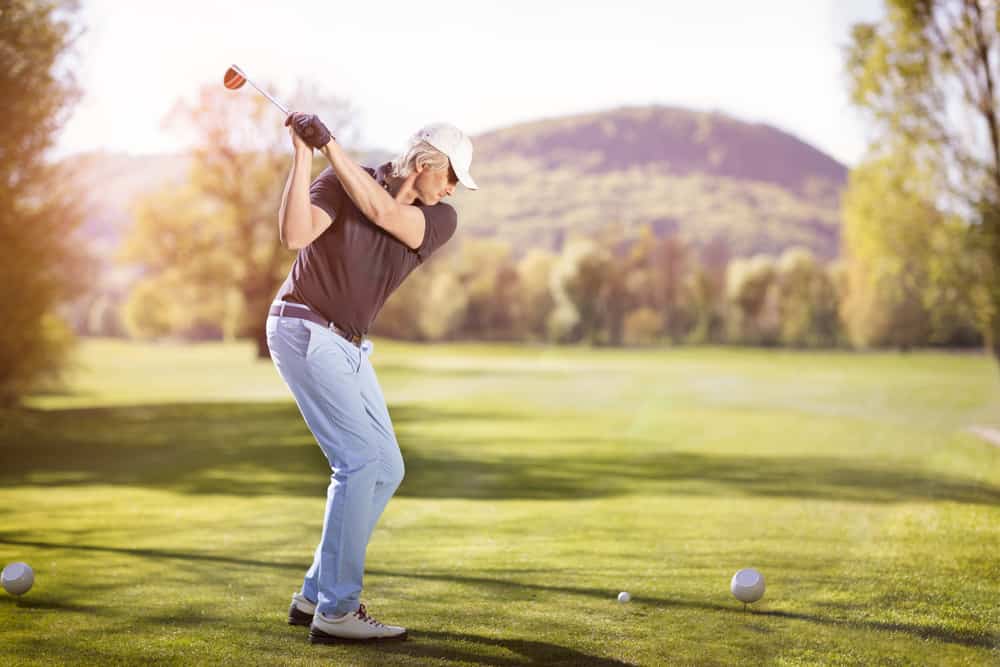
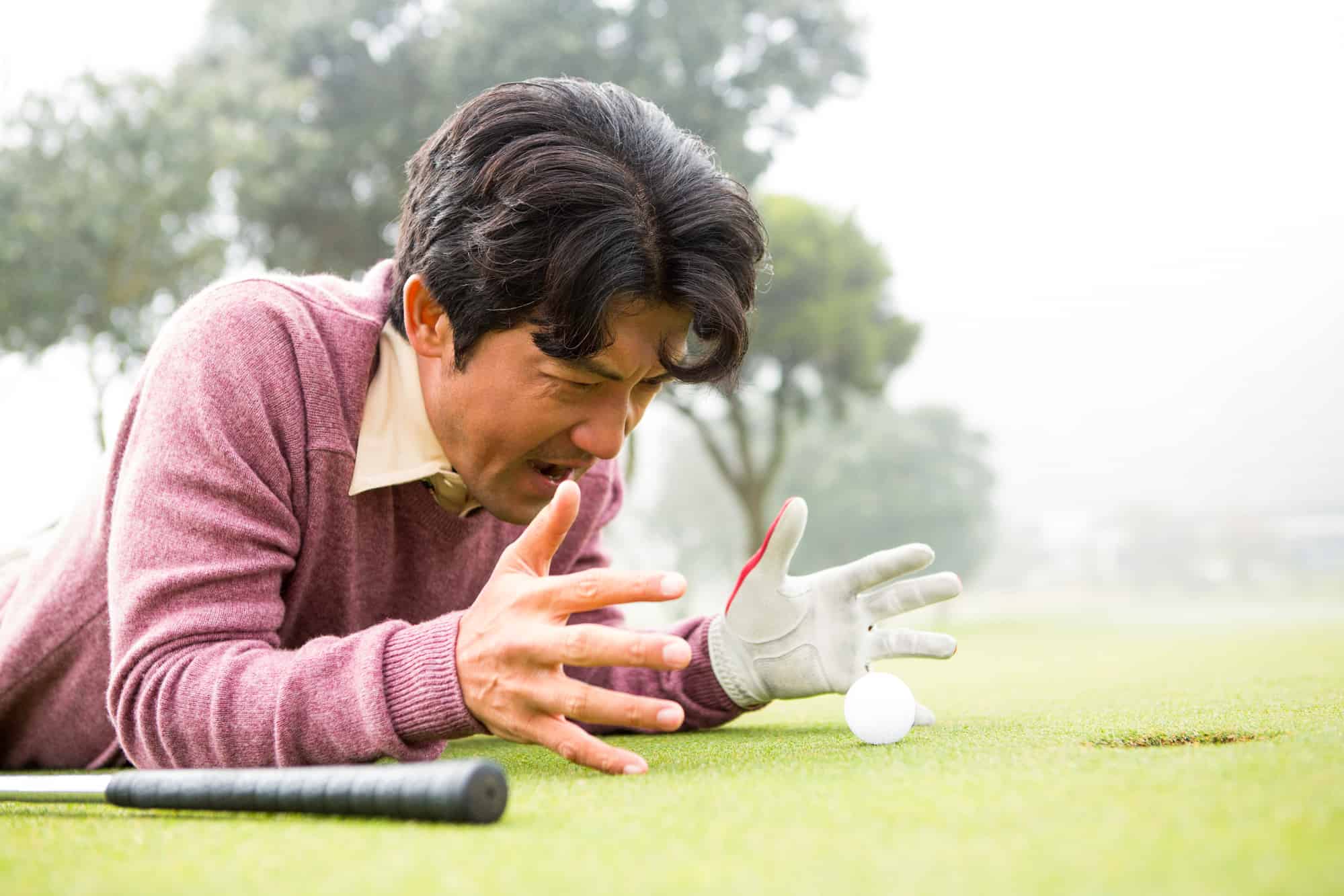
Leave a Reply